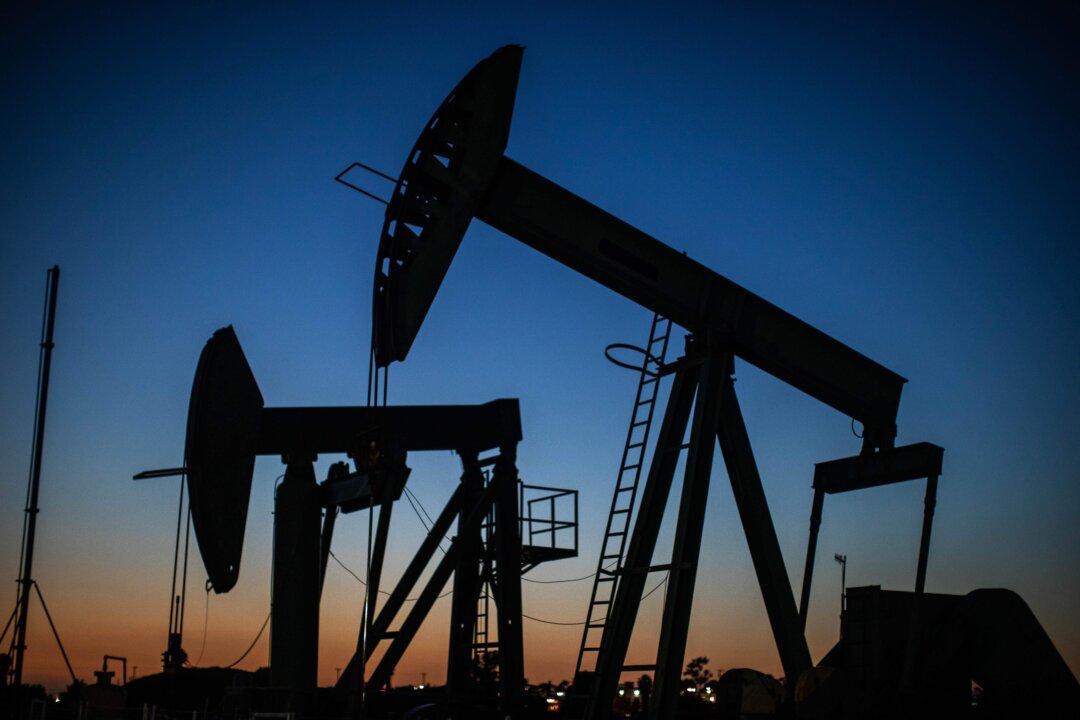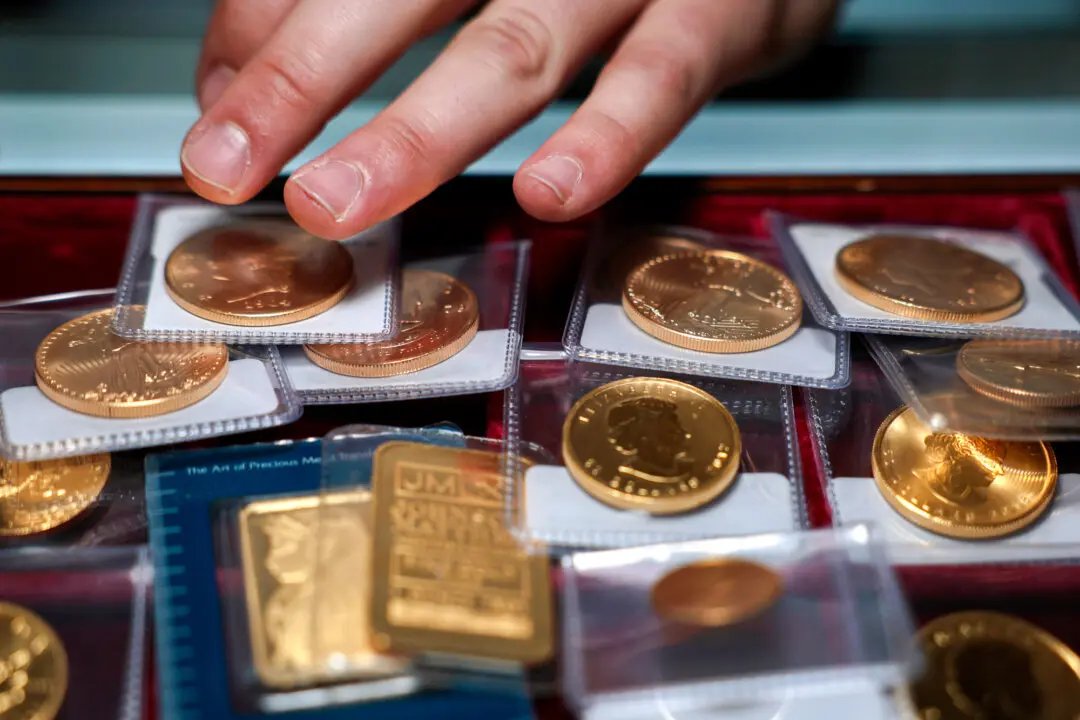President Joe Biden announced on Tuesday that he will be releasing 50 million barrels from the nation’s Strategic Petroleum Reserves (SPR) as part of coordination with several other advanced economies, including China, the United Kingdom, and India. The objective is to ease soaring energy prices by injecting more supply into global oil and gas markets.
Soon after President Biden confirmed that the United States would be tapping into domestic inventories, December West Texas Intermediate (WTI) crude futures erased their losses and rallied 2.5 percent to nearly $79 a barrel. December RBOB gasoline futures also turned positive during the session, hitting an intraday high of a little more than $2.80.





